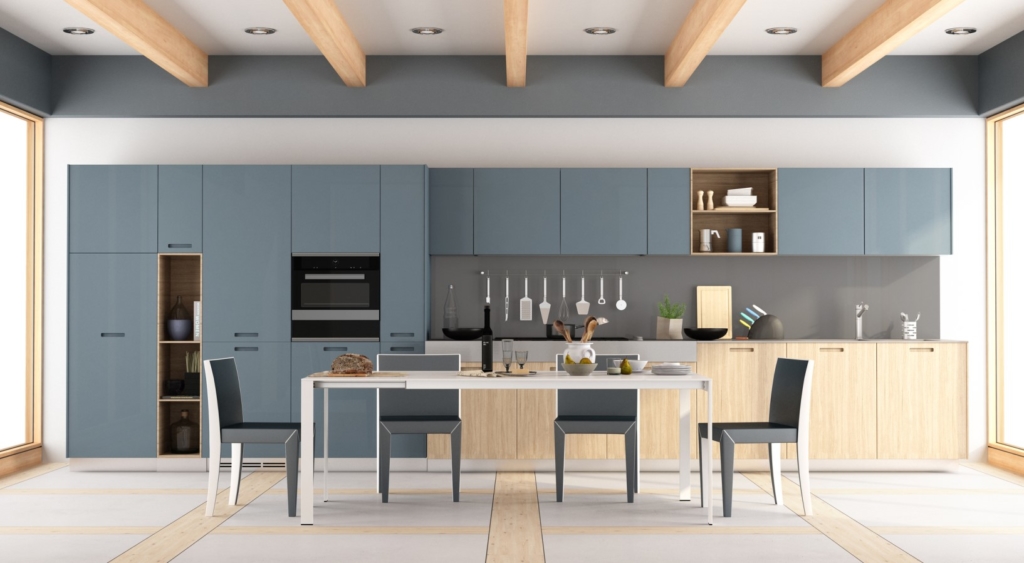3 reasons customers may have trouble choosing a color and how to help
 Most paint pros don’t consider themselves color experts, even though they’re often tapped for their opinions on the subject. If you’re in a position where you must listen to a customer’s dilemma, the instinct is to usually stop short of suggesting a color.
Most paint pros don’t consider themselves color experts, even though they’re often tapped for their opinions on the subject. If you’re in a position where you must listen to a customer’s dilemma, the instinct is to usually stop short of suggesting a color.
But doing so could mean a missed opportunity. Instead, you could impart some wisdom and food for thought into the conversation, supporting them in the decision-making process and moving a stalled project forward. In order to do this, it’s good to understand why so much color choice anxiety exists. Keep these three insights in mind, as they may help you add value and potentially land more work:
1. COLOR AND APPEARANCE ARE DIFFERENT
We’ve all been there. A color looks great on a textile swatch or on a color sample card, but then it’s a whole different story when a sample is applied to a wall. Datacolor, developer of color-management technology solutions, explains four factors that make this happen:
- Surface texture: Color will look different on a flat wall compared to a textured wall.
- Gloss: High sheen in a bathroom, for example, may make a color look completely different in the room. Keep in mind that most color samples or sample cards are flat or matte.
- Light: It’s important for homeowners to check a color sample on the wall at different times of the day to gauge how natural light interacts with it. In addition, LED or incandescent lighting in a room may also bring a yellowing or brightening effect.
- Background colors: The sofa, bed, cabinets and even appliances all introduce different colors into the room, and there can be some interplay that influences how a sample color appears.
“It’s easy to forget about the details in an environment and in how and where a coating is applied. These things influence the appearance of a color, and sometimes the difference from the sample can be dramatic,” said Patricia Greco, senior marketing manager for Datacolor.
2. COLOR HAS POWER
Color is a big deal, and some people are sensitive to the impacts color has on their lives. Color can even spur or change behavior. One report found that gold might influence spending and another suggests color can change the sound of a musical instrument. Keep in mind that what your potential customer is choosing directly impacts the mood of a space, and that’s why some people may put a lot of pressure on themselves to make the right decision.
3. EVERYONE SEES COLOR DIFFERENTLY
As human beings, the way we see color can be impacted by our age, mood, memory and even the medications we take. For example, when it comes to eye health, studies in the 1990s found that how our eyes perceive hue and saturation begins to deteriorate by age 50. Other studies have shown color confusion setting in with age, too. And some medications impact the way we see blues, greens and yellows, specifically. When it comes to mood, some studies have even tied a lack of responsiveness in the retina to depression.
“There are reasons some people are calling a color ‘blue’ and you’re seeing green. Physiology and biology can have a hand in the matter, too,” Greco noted. “Emotion can play a huge role in color choice for homeowners. It’s important to listen and pay attention to how a person feels about certain colors when helping them to make the perfect choice.”
For more articles about color and other topics related to running your painting business, visit inpaintmag.com



